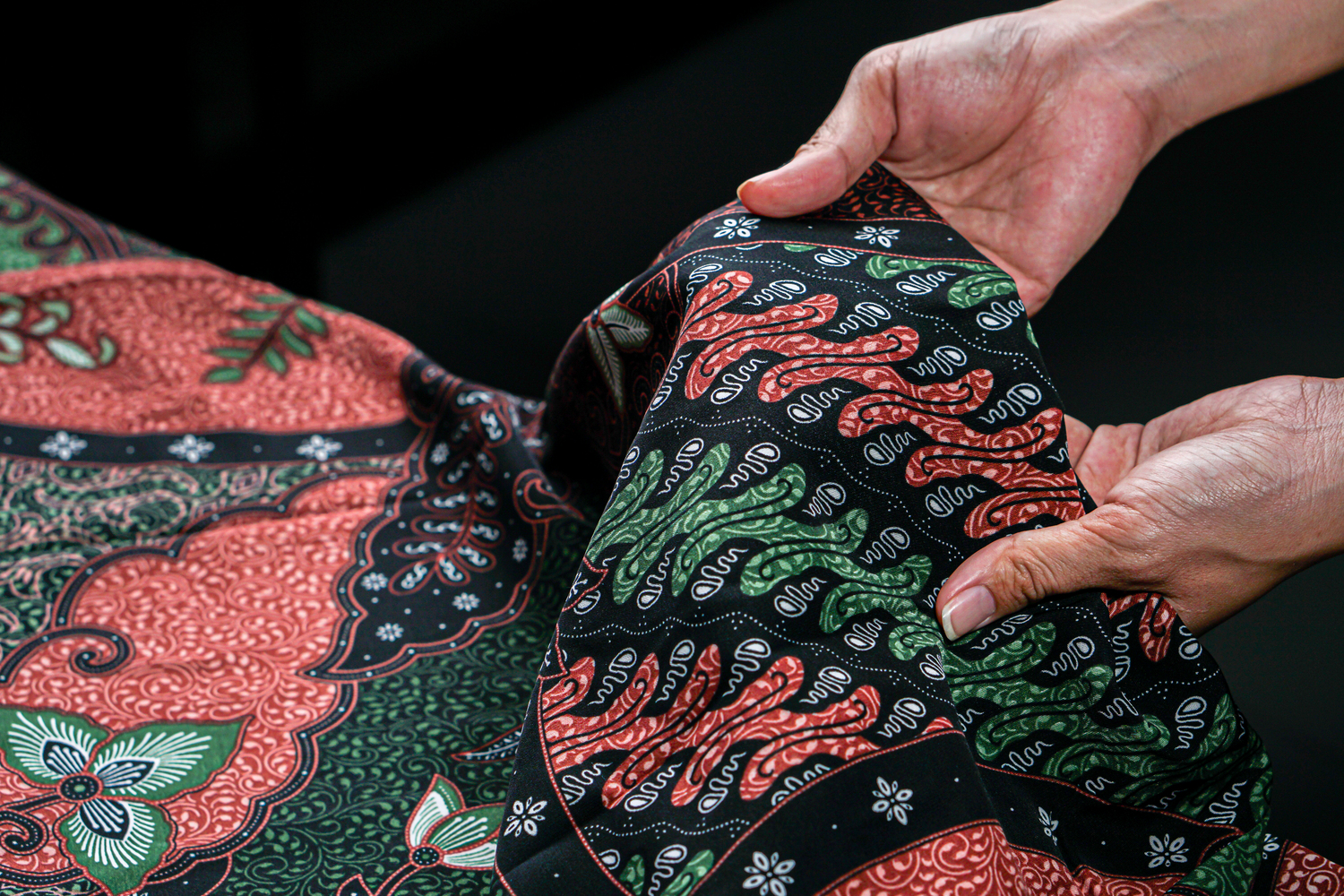Motherhood is a life-changing journey that comes with immense joy and challenges, particularly during the postpartum period. Amidst modern advances in postpartum care, the traditional postpartum belly wrap remains a cherished practice rooted in the wisdom of traditional medicine. This timeless technique is celebrated and is the preferred choice by many for its ability to support healing, comfort, and restoration for new mothers.
The Benefits of Traditional Postpartum Belly Wraps
Supports Core Recovery
Pregnancy stretches the abdominal muscles and skin, leaving many mothers with weakened cores. Belly wraps gently compress the abdomen, aiding the muscles and tissues in returning to their pre-pregnancy state.
Improves Posture and Comfort
New mothers often experience back pain due to the strain of breastfeeding and carrying their newborns. A belly wrap provides support to the lower back, improving posture and reducing discomfort.
Promotes Uterine Involution
The gentle pressure applied by a belly wrap encourages the uterus to contract and return to its original size more efficiently, a process known as uterine involution.
Enhances Blood Circulation
Wrapping helps improve blood circulation, which is vital for reducing swelling, flushing toxins, and speeding up the healing process.
Boosts Confidence
For many mothers, belly wrapping contributes to body confidence by providing a sense of firmness and shape during the postpartum recovery period.
The Cultural Roots of Postpartum Belly Wrapping
Traditional postpartum belly wrapping is a practice rooted in many diverse cultures worldwide. Each culture adds its own unique touch to the practice, proving that postpartum belly wrapping has been used worldwide and is an integral part of maternal care:
- Malaysia: The “bengkung” is a long, handwoven cloth used to bind the abdomen, often as part of a 44-day postpartum recovery program.
- Mexico: Known as the “faja” or “rebozo,” this wrap is used to promote closure and healing after childbirth.
- India: Ayurvedic postpartum care includes belly wrapping with cotton or muslin, combined with herbal oils for additional healing.
- China: The practice of “zuo yue zi” or “sitting the month” often involves belly binding to restore warmth and balance in the body.
These traditions underscore the universal recognition of postpartum belly wrapping as a symbol of care, healing, and maternal well-being.
The Benefits of Adopting Traditional Belly Wrapping Today
With the resurgence of interest in holistic wellness, traditional postpartum belly wraps are becoming popular among modern mothers and birth professionals. Here are just a few ways for you to incorporate this practice yourself:
- Select Quality Materials: Choose natural, breathable fabrics like cotton or muslin that provide comfort while offering firm support.
- Master the Technique: Proper wrapping is crucial for effectiveness. Seek guidance from traditional birth workers or attend belly wrapping workshops to learn the authentic method.
- Pair with Holistic Care: Complement belly wrapping with adequate rest, a nutritious diet, and other traditional postpartum care practices for optimal recovery.
- Make It Personal: Incorporate cultural elements or add personalized touches, such as herbal compresses or essential oils, to make the experience meaningful.
Conclusion
The traditional postpartum belly wrap is more than just a tool for physical recovery treatment, it is a symbol of nurturing, heritage, and maternal empowerment. By embracing this practice, we honour the wisdom of our ancestors while providing new mothers with a tool for holistic healing.
Whether you are a new mother or a birth worker, adopting belly wrapping can positively impact postpartum recovery. Let this age-old tradition guide you toward a healthier, more confident postpartum journey.








